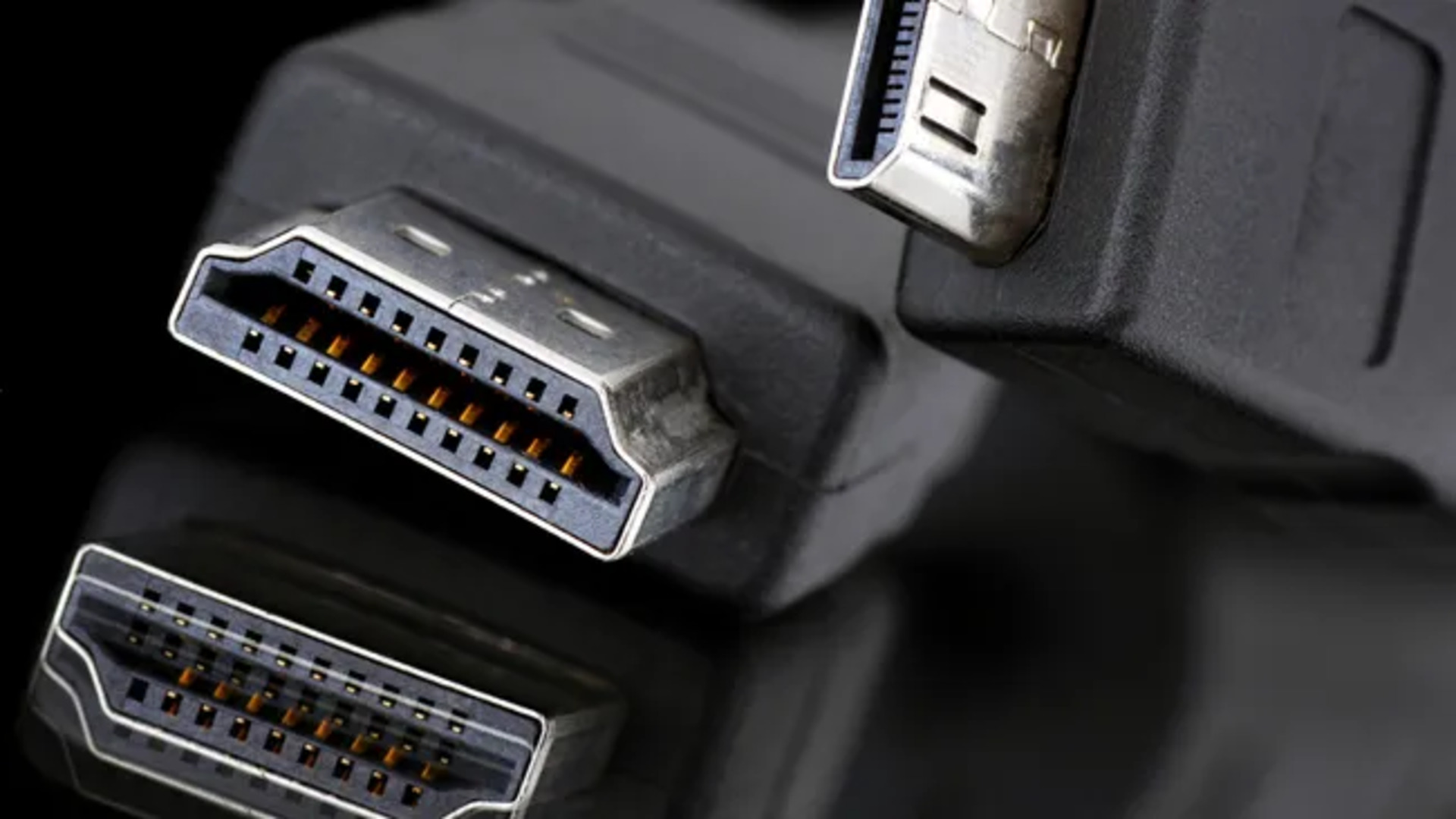After Bluetooth, China wants to replace HDMI connectors with a faster, more powerful port that could even support 16K
One cable for power, data, and display - meet GPMI

- China’s GPMI cable could finally replace HDMI and Thunderbolt
- GPMI supports 16K video, high power, and universal control
- GPMI offers more speed and power than HDMI ever could
Following its push to replace Bluetooth with Nearlink, China is now turning its attention to physical connectors, targeting HDMI, USB4, and Thunderbolt with a new high-bandwidth alternative.
The General Purpose Media Interface (GPMI) was recently unveiled by the Shenzhen 8K UHD Video Industry Cooperation Alliance, a consortium of over 50 tech companies.
Designed to meet the demands of ultra-high-resolution content, GPMI promises significant improvements in speed, power delivery, and versatility, enough to transmit 8K, and potentially even 16K, video.
A choice of versions
The GPMI standard comes in two versions - the more powerful GPMI Type-B offers a massive 192Gbps bandwidth and can deliver up to 480 watts of power, enough to support high-performance laptops for photo editing, and far exceeding the capabilities of HDMI or Thunderbolt.
GPMI Type-C, on the other hand, uses the widely adopted USB-C form factor but doubles the bandwidth of USB4 and Thunderbolt 4, reaching 96Gbps.
It also matches USB4’s 240-watt power delivery, enough to power 5K/8K monitors and charge devices simultaneously.
In comparison, HDMI 2.1 maxes out at 48Gbps and delivers no power. USB4 and Thunderbolt 4 both top out at 40Gbps, with power delivery of 240W and 100W, respectively. DisplayPort 2.1, currently the leader in bandwidth at 80Gbps, does not offer power transmission.
Are you a pro? Subscribe to our newsletter
Sign up to the TechRadar Pro newsletter to get all the top news, opinion, features and guidance your business needs to succeed!
Additionally, the GPMI standard supports a universal remote-control protocol, allowing users to control multiple connected devices with a single remote.
This will be especially useful for creative professionals who rely on multiple displays or peripherals, such as those using high-end laptops for graphic design.
Via TomsHardware
You may also like
- These are the best mobile workstations you can buy right now
- We've also listed the best portable monitors for every budget and resolution
- Intel's former CEO invests in hardware startup that aims to make Nvidia obsolete

Efosa has been writing about technology for over 7 years, initially driven by curiosity but now fueled by a strong passion for the field. He holds both a Master's and a PhD in sciences, which provided him with a solid foundation in analytical thinking. Efosa developed a keen interest in technology policy, specifically exploring the intersection of privacy, security, and politics. His research delves into how technological advancements influence regulatory frameworks and societal norms, particularly concerning data protection and cybersecurity. Upon joining TechRadar Pro, in addition to privacy and technology policy, he is also focused on B2B security products. Efosa can be contacted at this email: udinmwenefosa@gmail.com
You must confirm your public display name before commenting
Please logout and then login again, you will then be prompted to enter your display name.